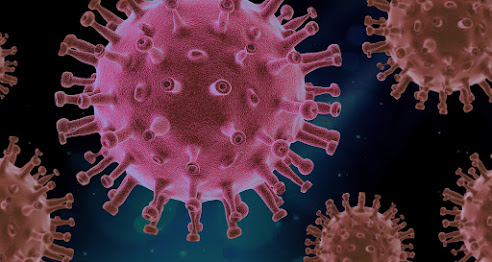.jpg) |
| Prof. Jürgen Fleig, Tobias Huber, Alexander Schmid (left to right) Photo Credit: Courtesy of TU Wien |
A new type of battery has been invented at TU Wien (Vienna): The oxygen-ion battery can be extremely durable, does not require rare elements and solves the problem of fire hazards.
Lithium-ion batteries are ubiquitous today - from electric cars to smartphones. But that does not mean that they are the best solution for all areas of application. TU Wien has now succeeded in developing an oxygen-ion battery that has some important advantages. Although it does not allow for quite as high energy densities as the lithium-ion battery, its storage capacity does not decrease irrevocably over time: it can be regenerated and thus may enable an extremely long service life.
In addition, oxygen-ion batteries can be produced without rare elements and are made of incombustible materials. A patent application for the new battery idea has already been filed together with cooperation partners from Spain. The oxygen-ion battery could be an excellent solution for large energy storage systems, for example to store electrical energy from renewable sources.



.jpg)




.jpg)




.jpg)

